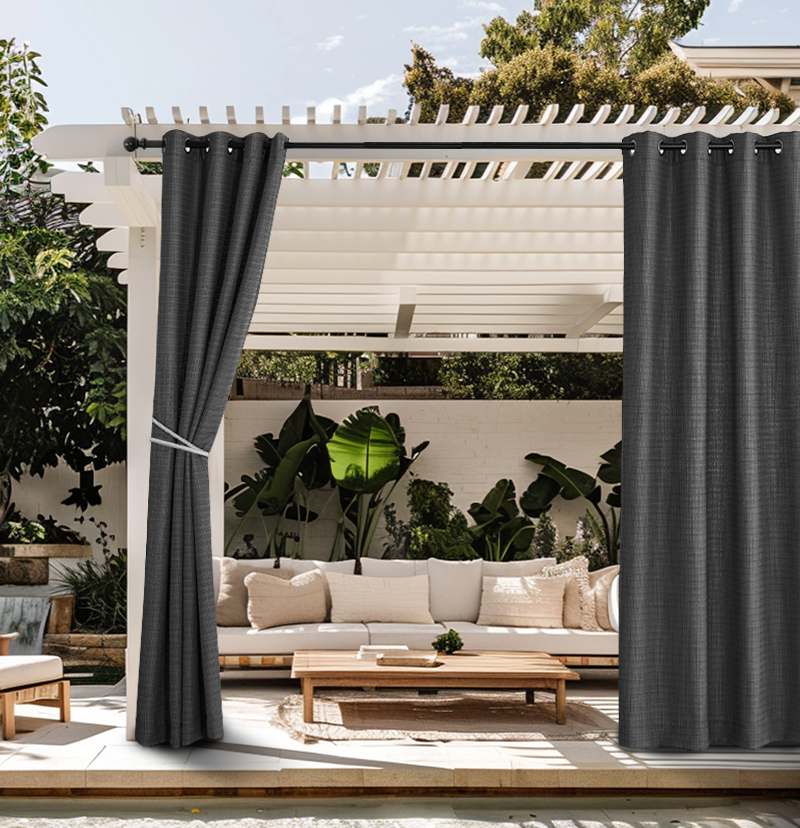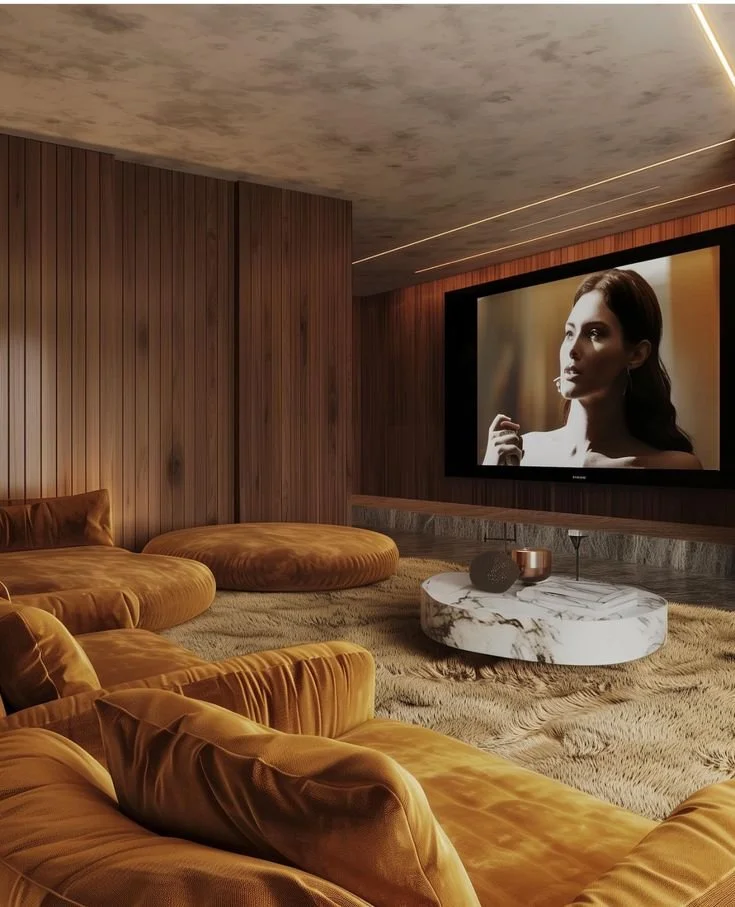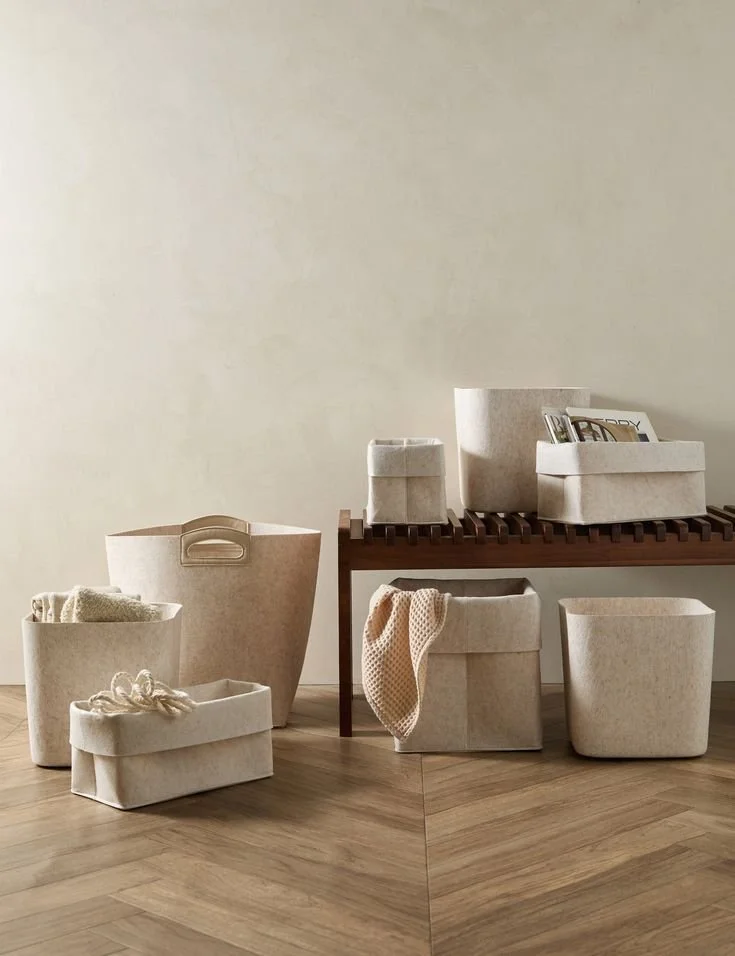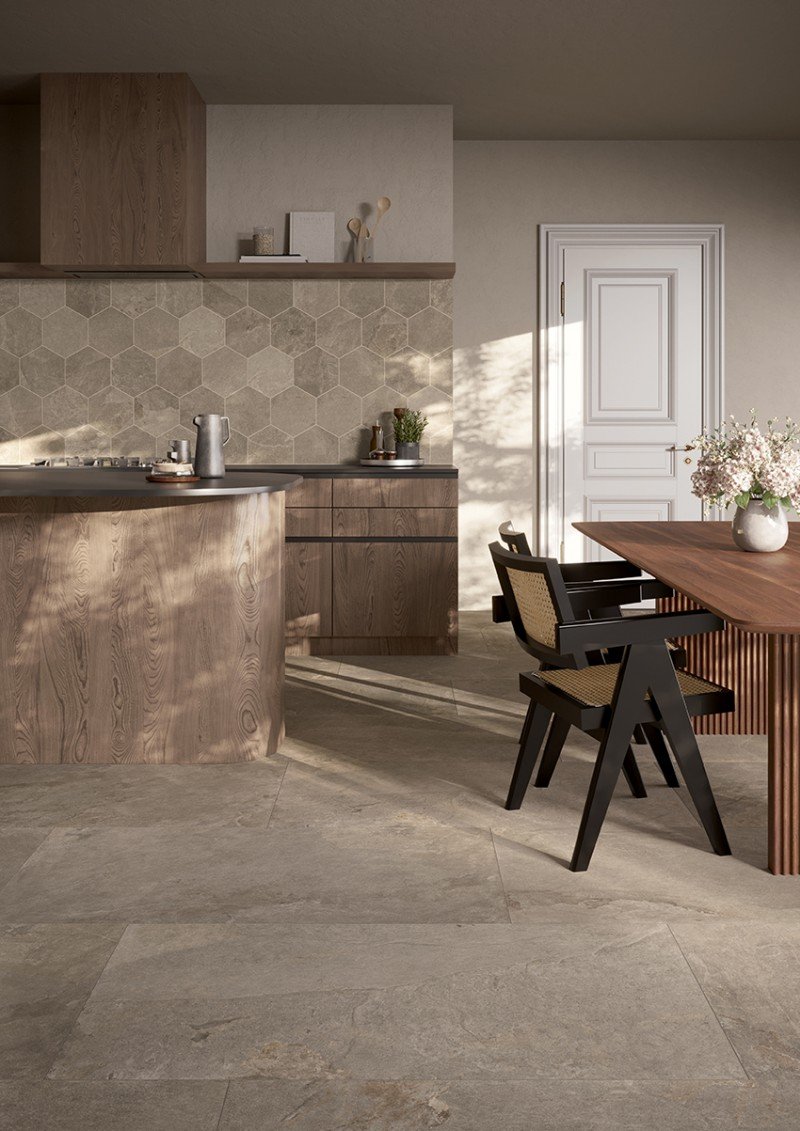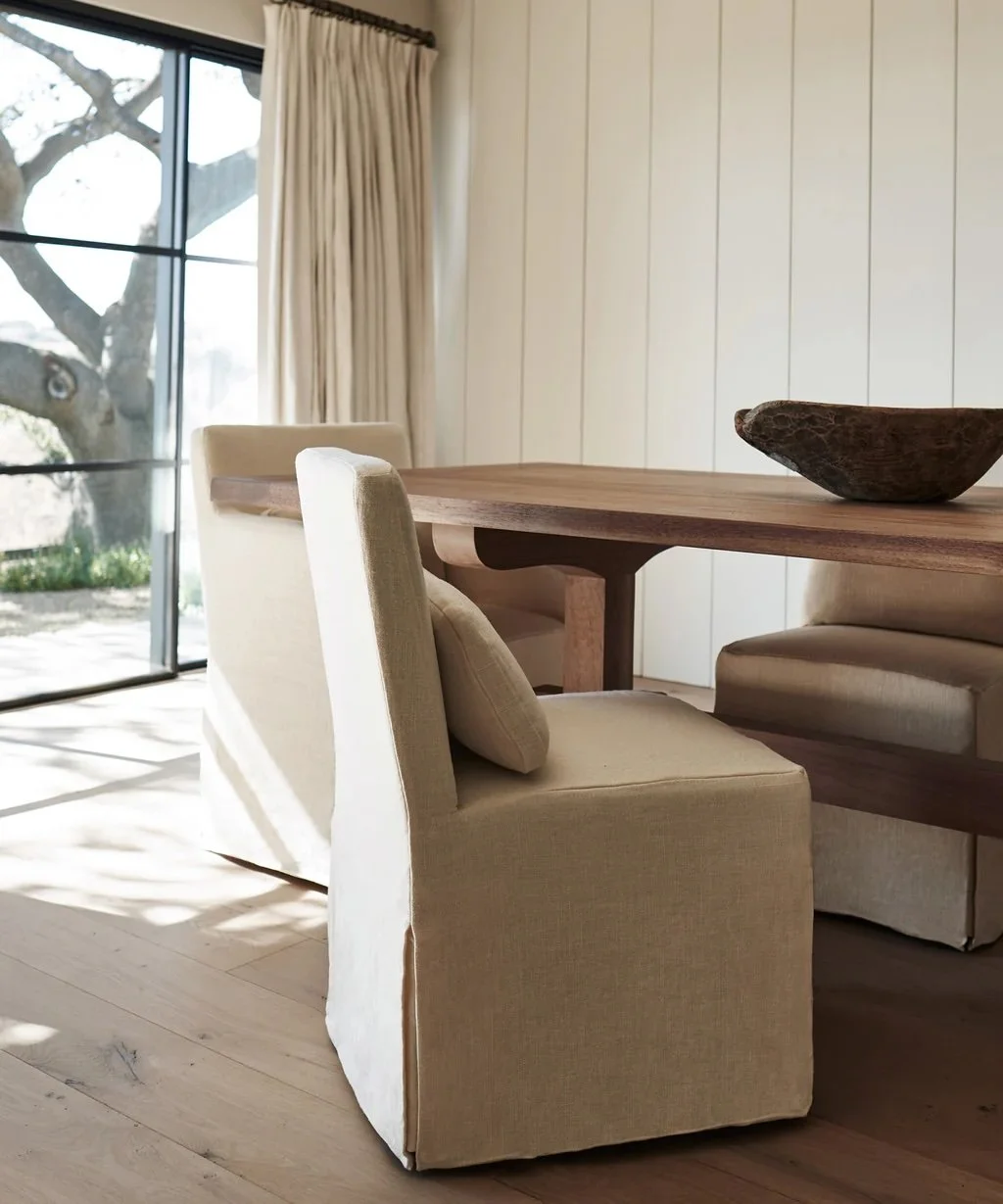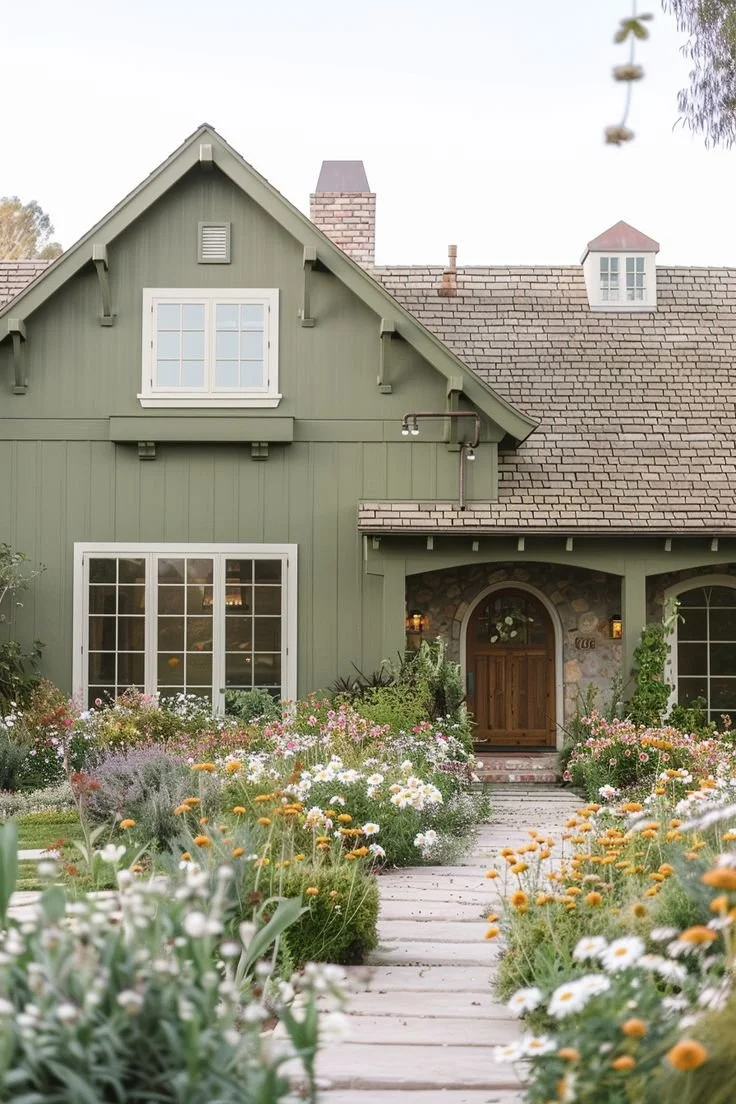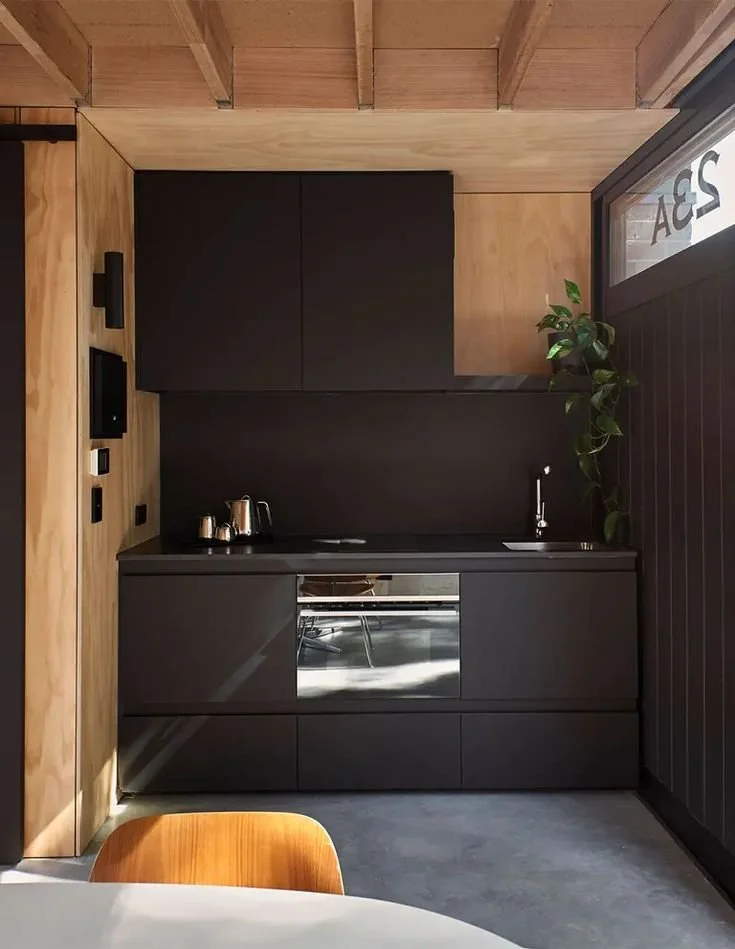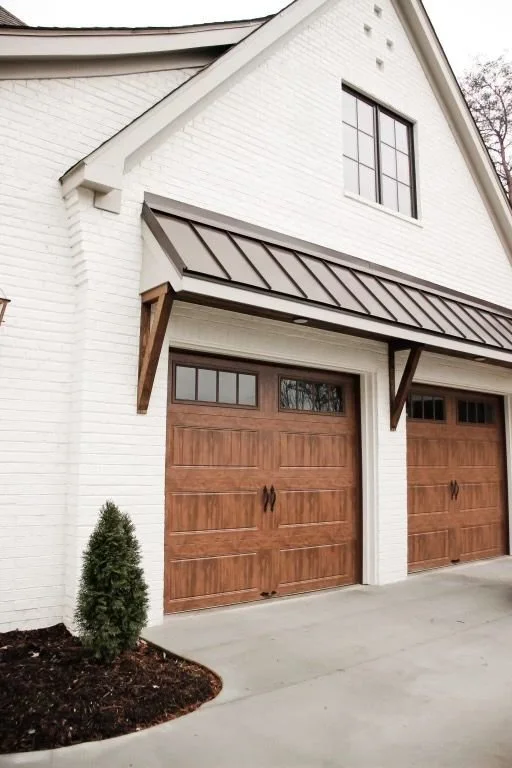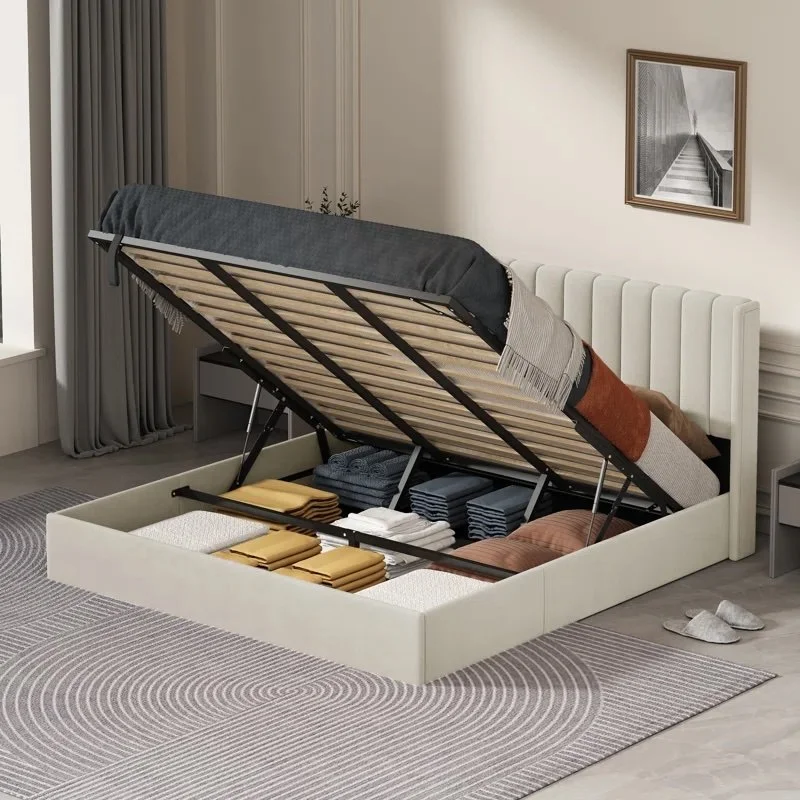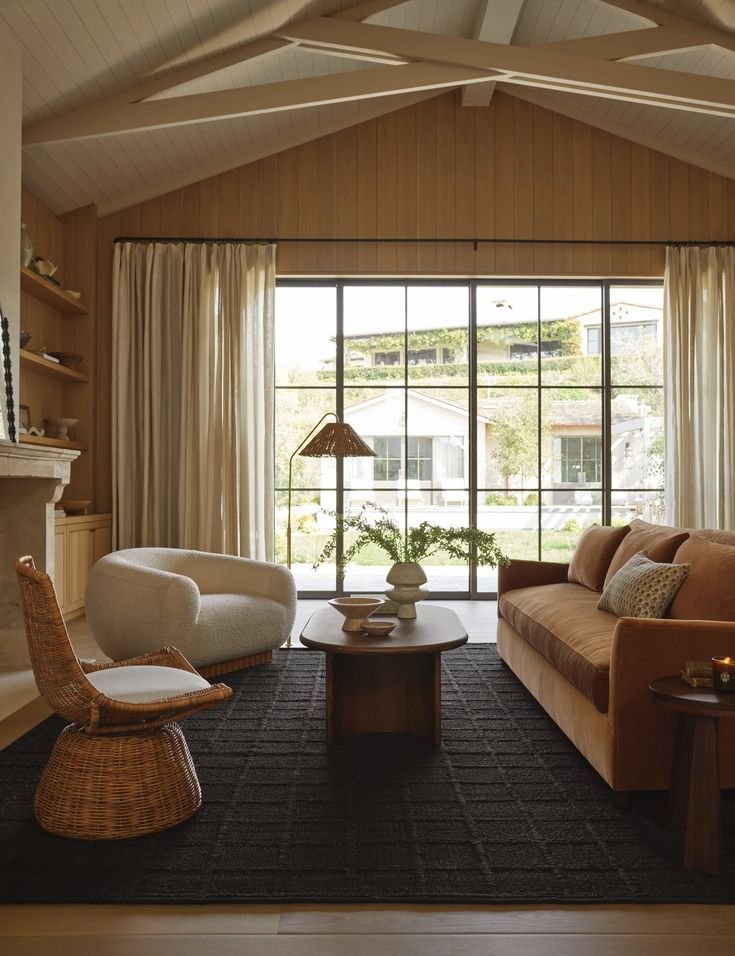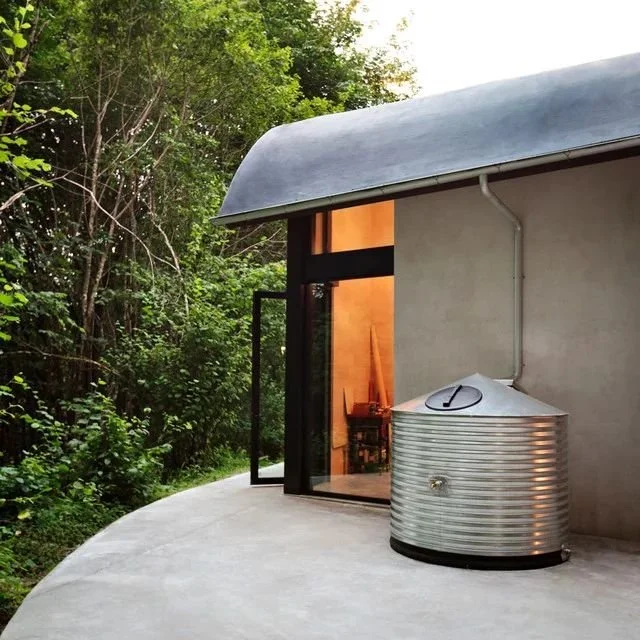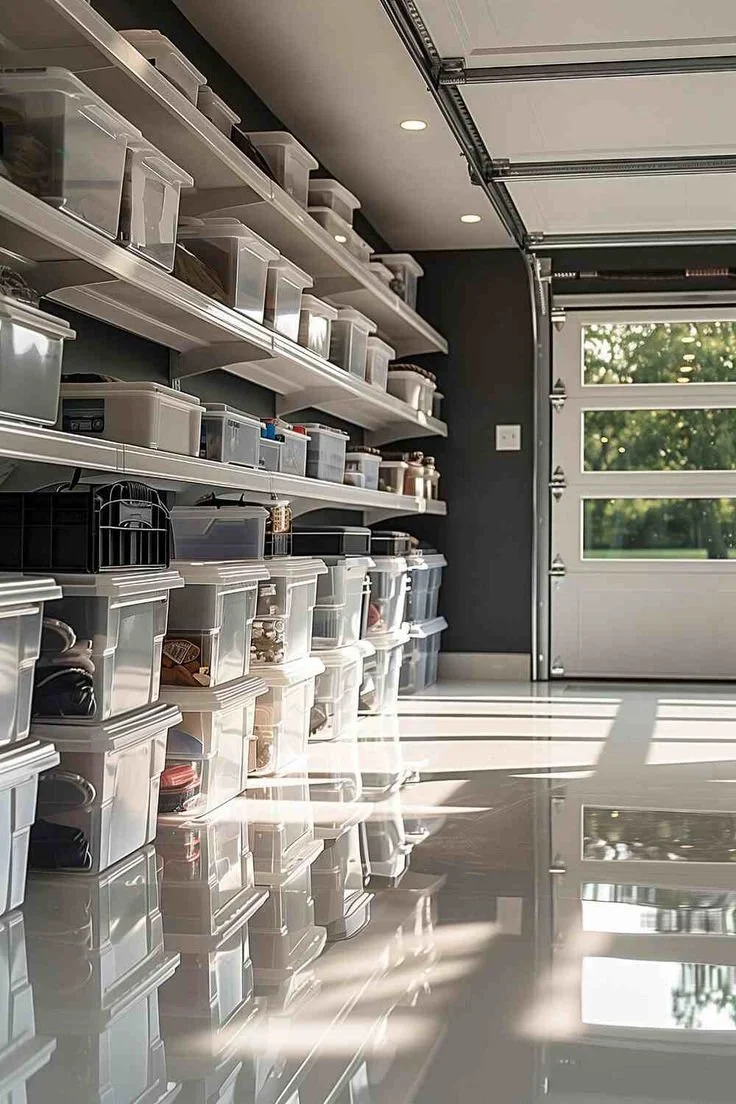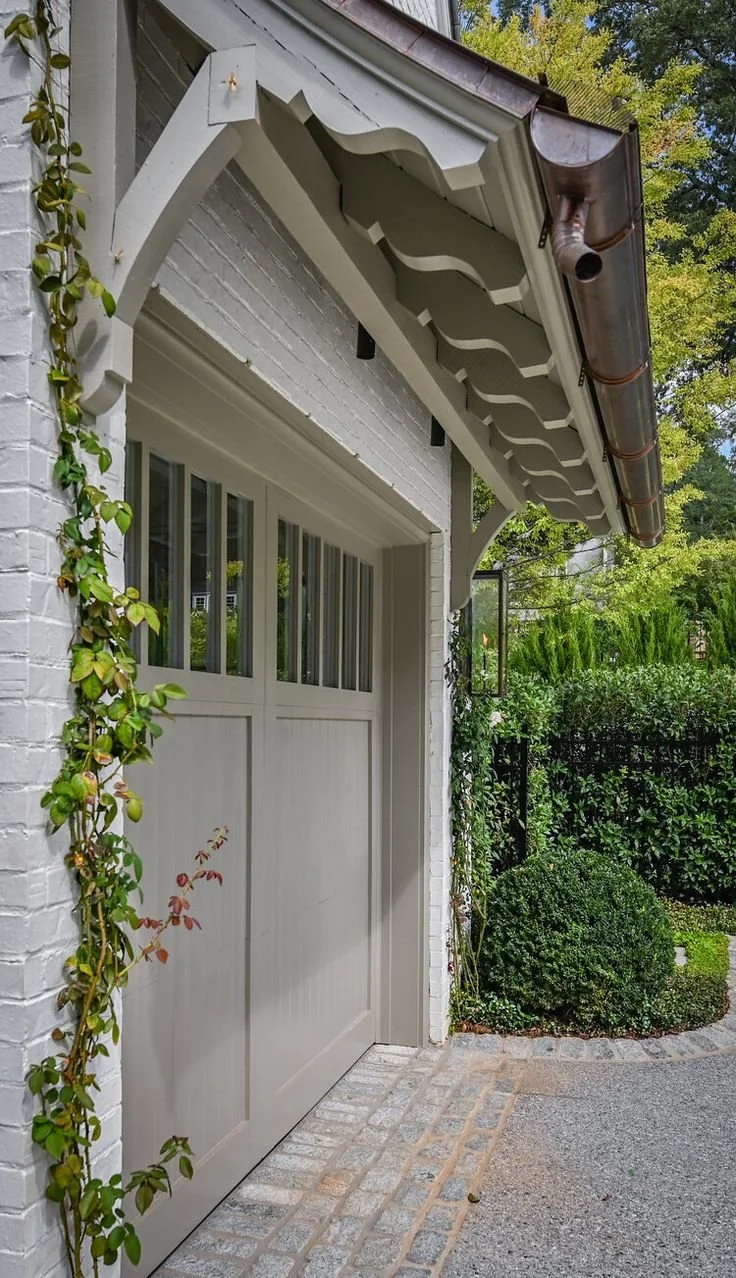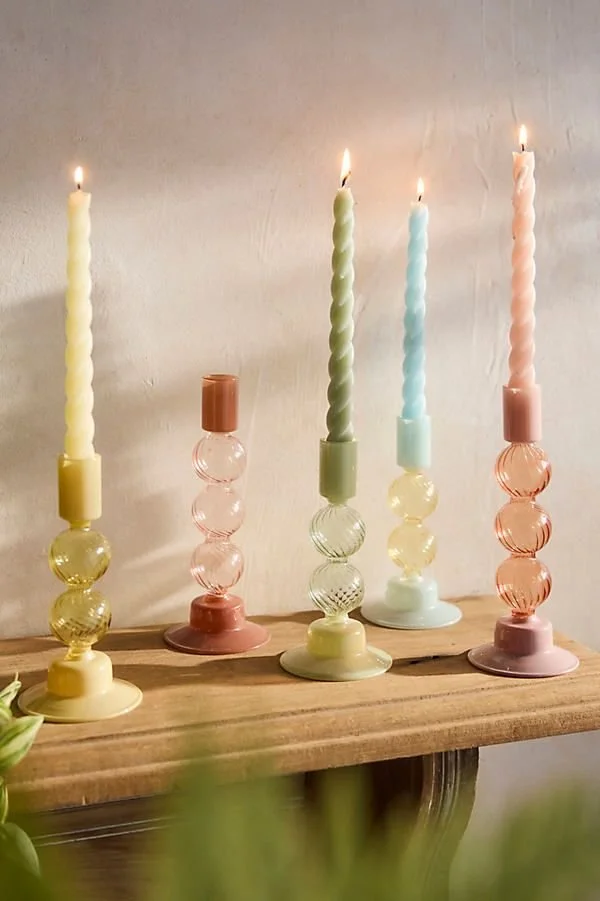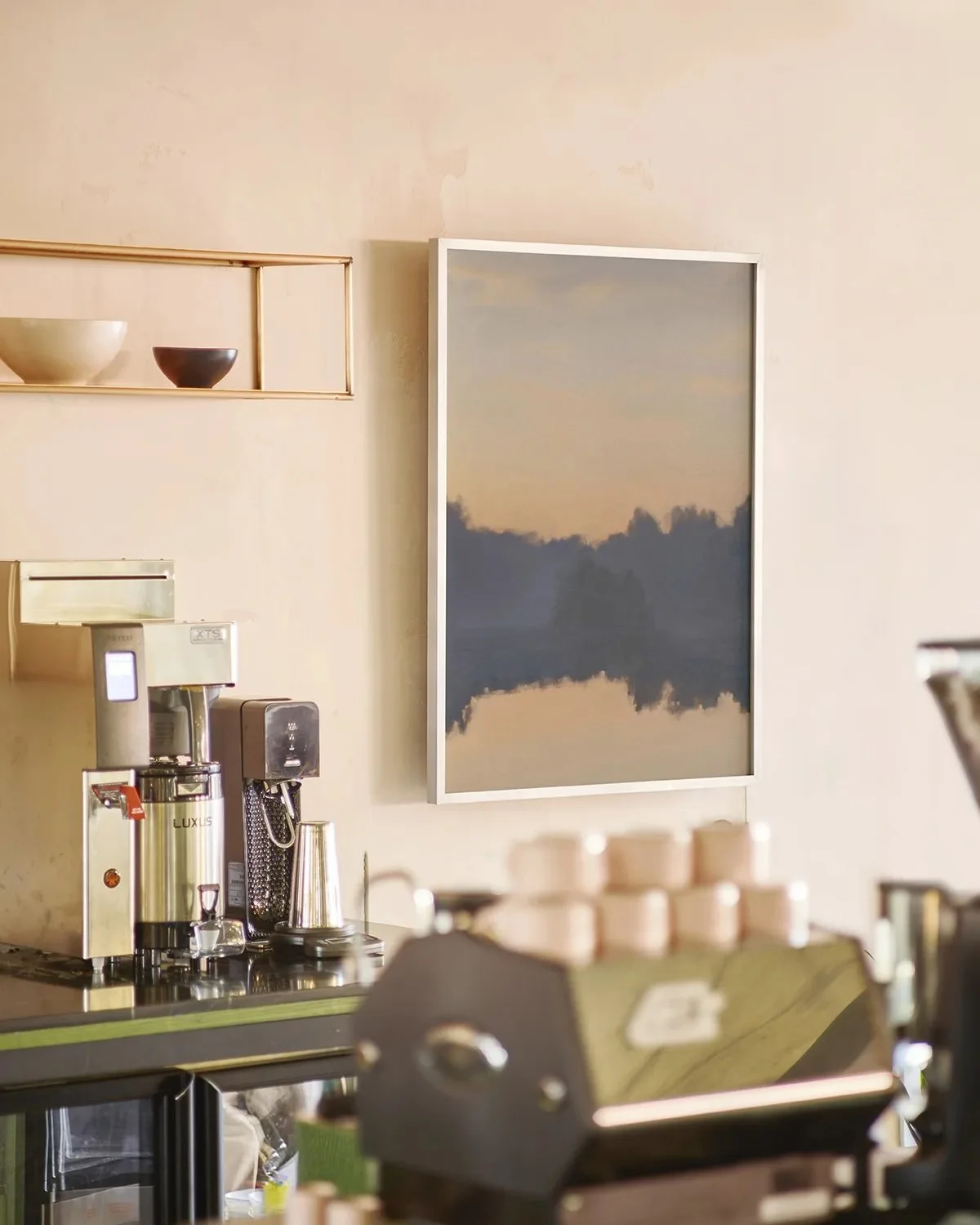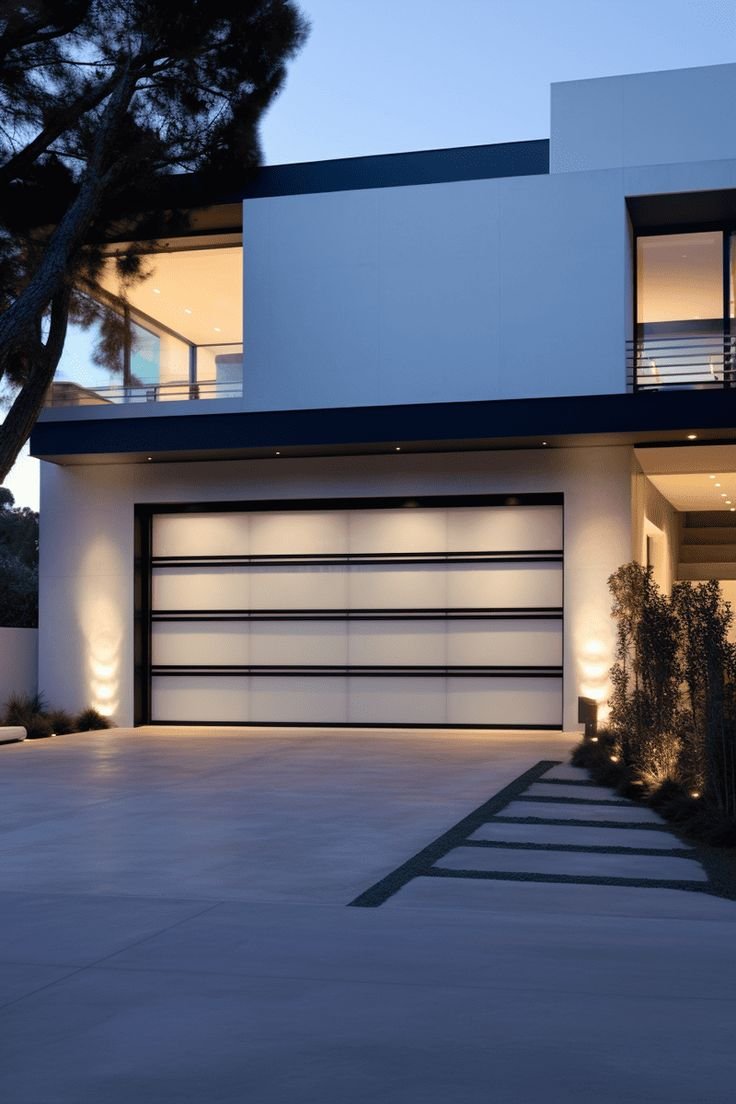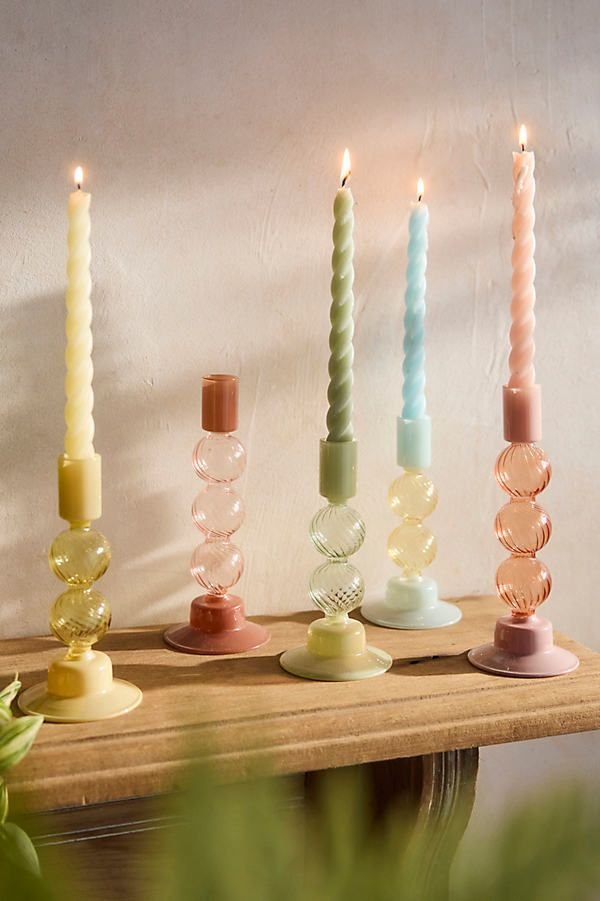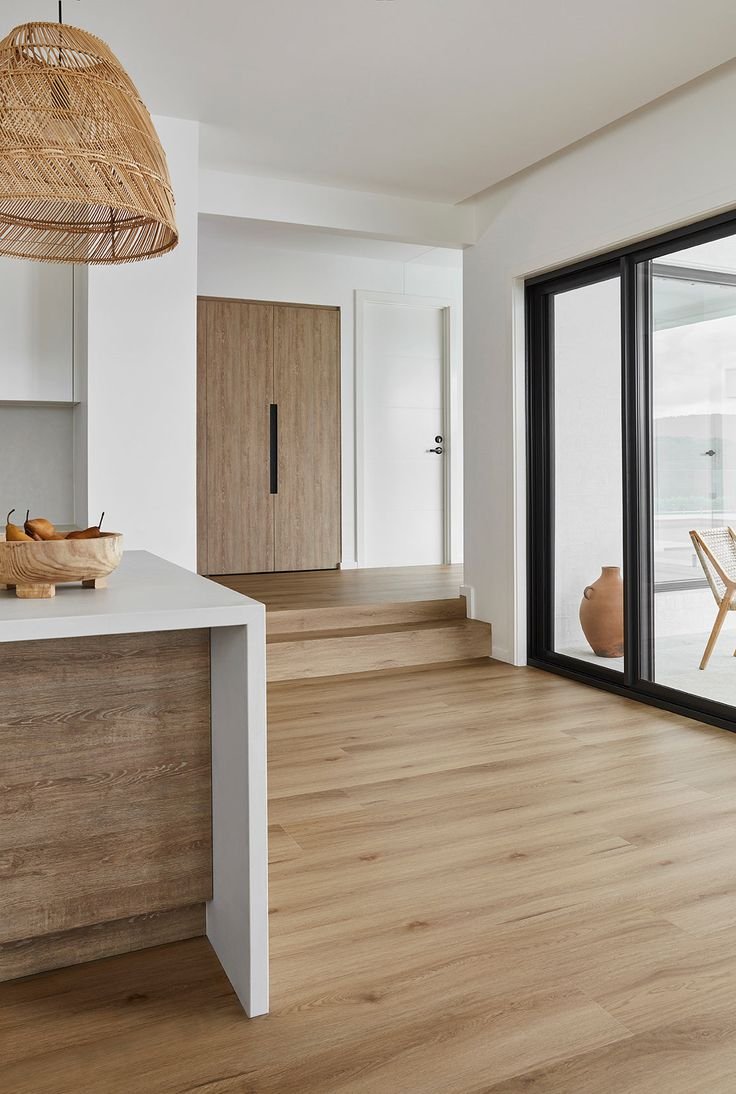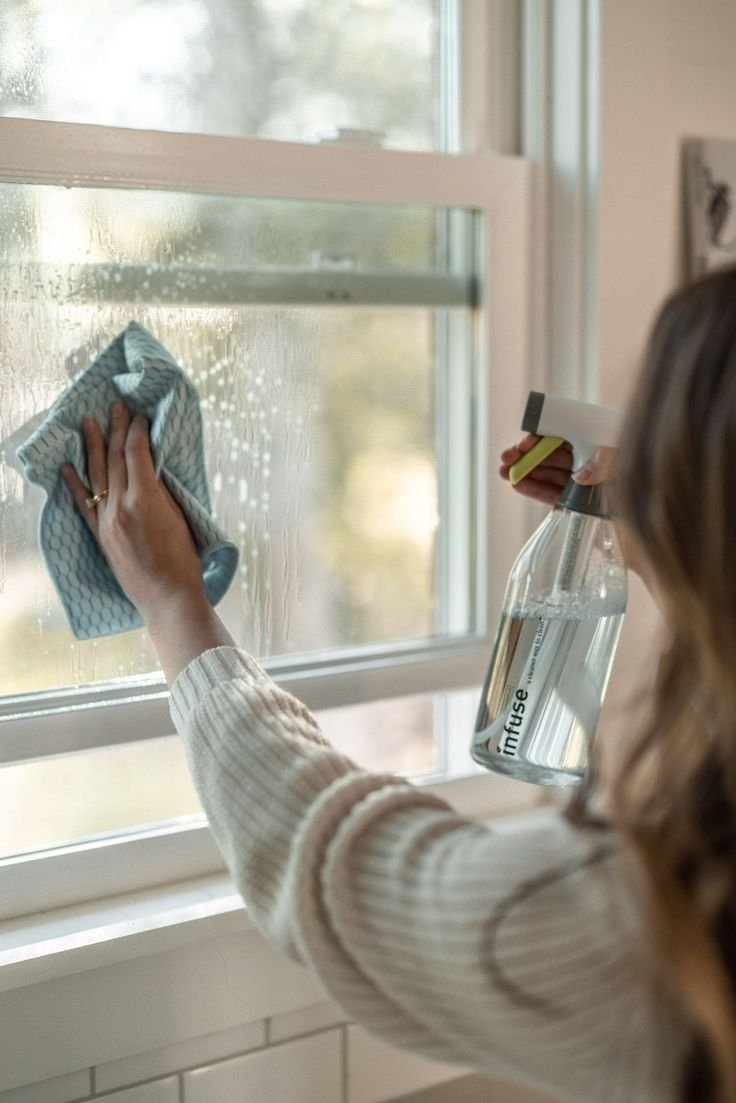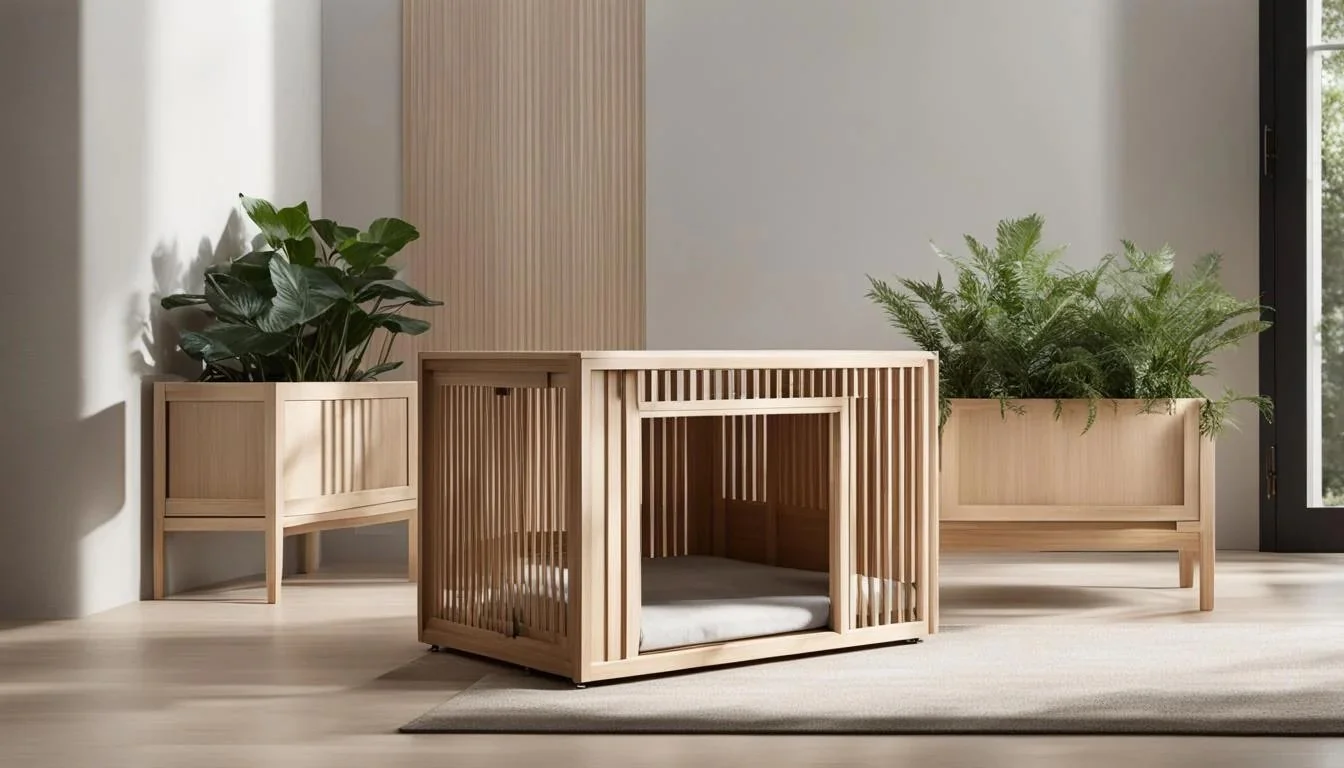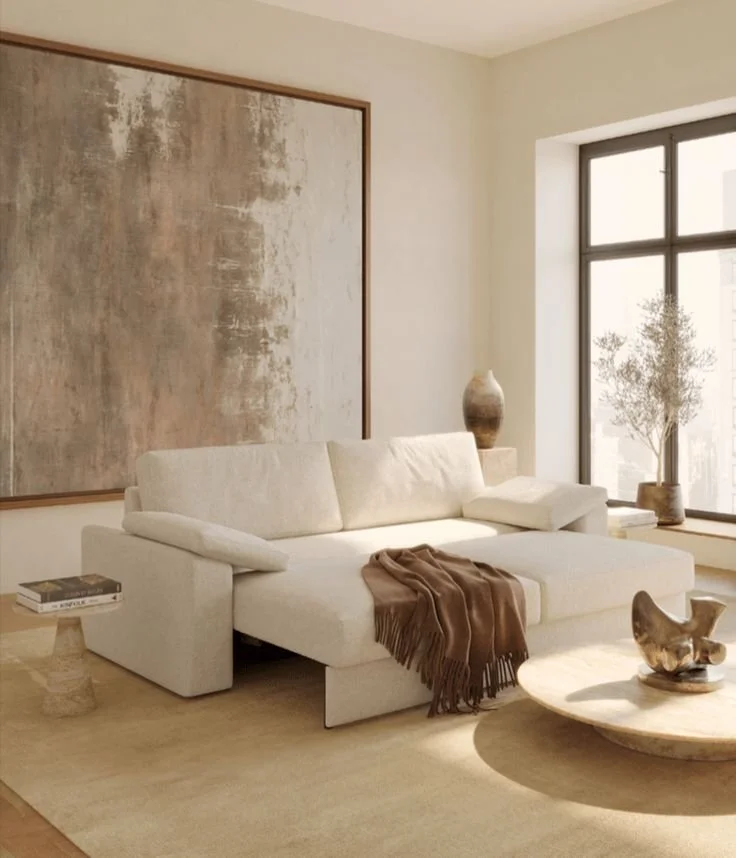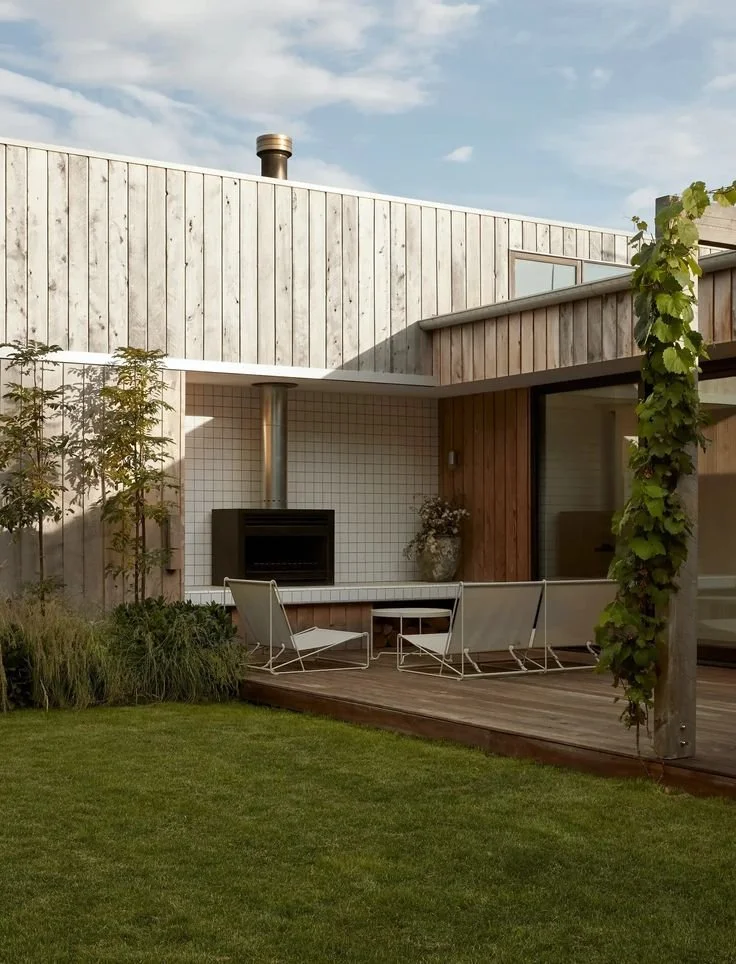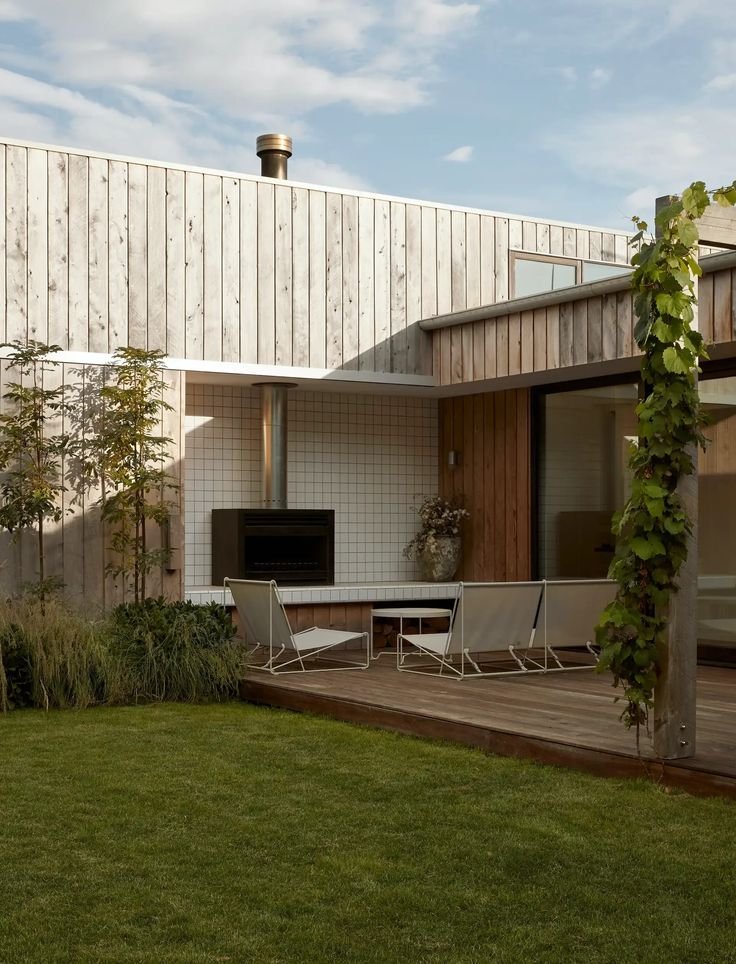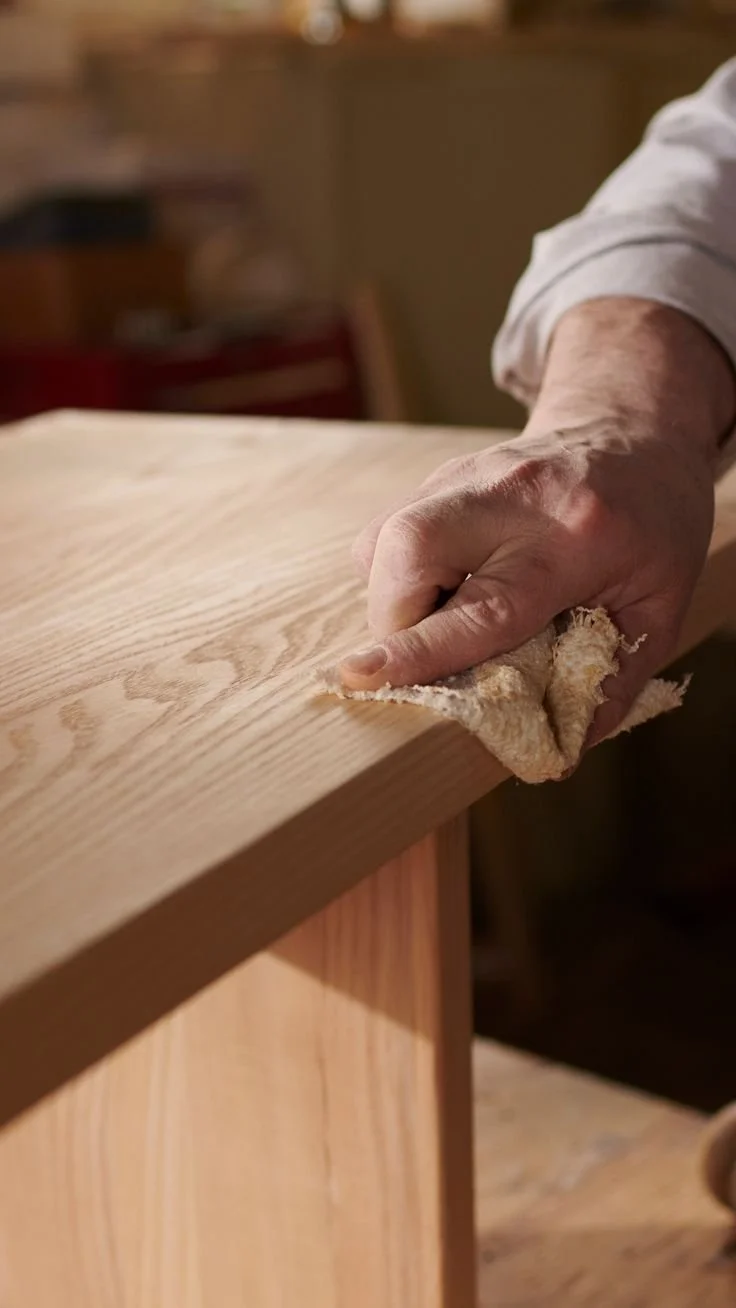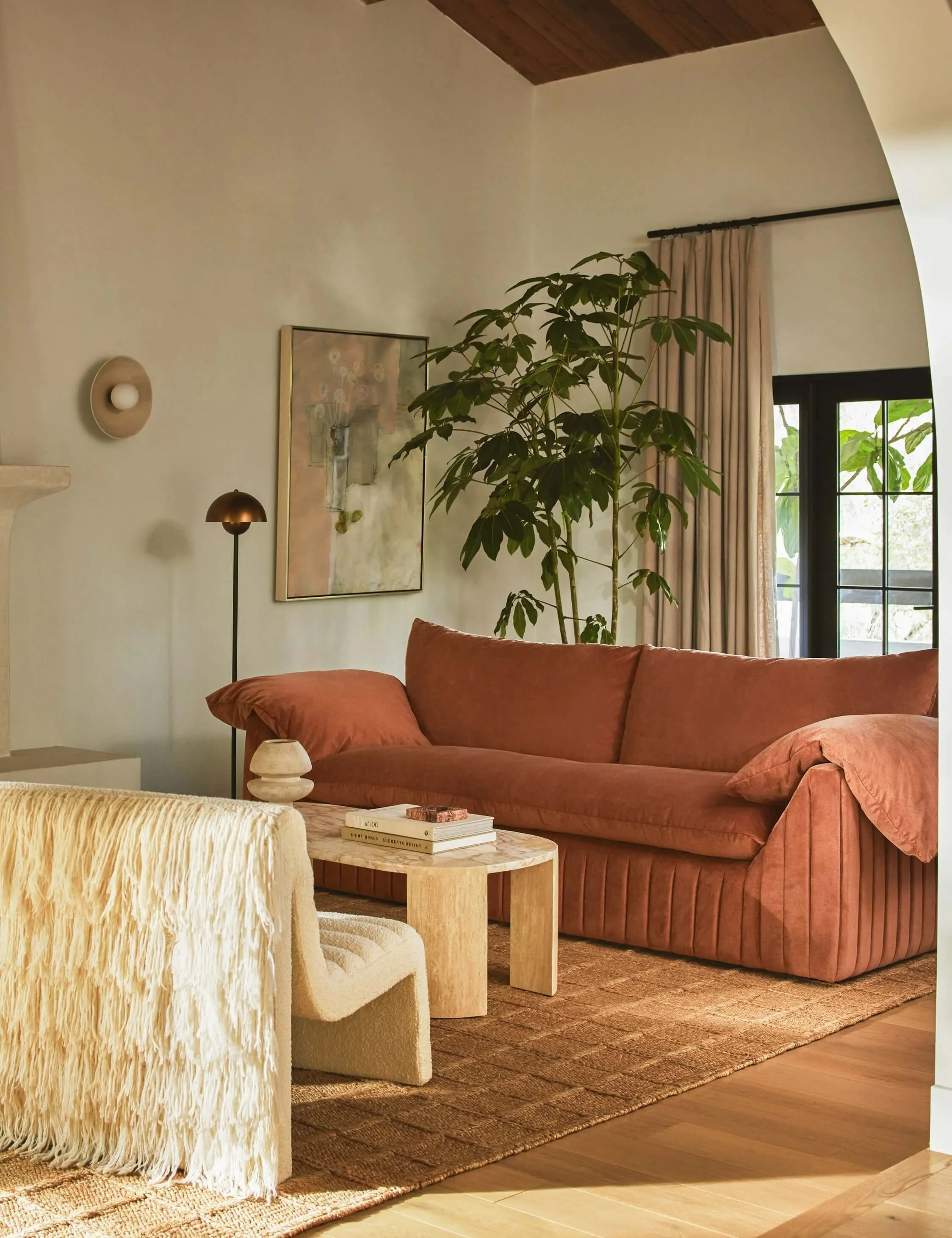Many people can undoubtedly agree that they often don’t experience true privacy in their backyards. This private space is ideally where you want to unwind, relax, and share quality moments with family and friends. Likewise, it is a space where you likely don’t want your neighbors watching you from their homes or while they stroll down the road—creating an uncomfortable feeling that disrupts the serenity you seek in this personal retreat.
Ideally, maybe you want to spend your time sunbathing and soaking up the warm and comforting rays of the sun, or perhaps you envision enjoying a playful afternoon engaging in fun activities with your dog. No matter what your chosen activity may be, it often feels unsettling and a bit creepy knowing that someone could be watching you from a nearby location. With these considerations in mind, in this article, we share four practical tips to help you create an added layer of privacy to your backyard space without compromising its overall appearance or aesthetic charm.
No. 1
Come Up With a Seating Shelter
A shelter for your outdoor seating area like a pergola, awning, or sunshade are excellent options to consider for enhancing your outdoor space. You don't need to make it look like an imposing fortress, though. Instead, you can opt for a charming and stylish wooden shelter that features two or three sides to provide adequate protection. Even if you choose to have just one side covered, that can still be sufficient if you feel particularly exposed from one direction only, allowing you to create a cozy and comfortable atmosphere.
Woven panels, Venetian panels, and many more options can be found in a wide array of shapes and intricate designs. Wood is particularly ideal for these structures because it lasts a long time if it is well looked after and maintained properly. Additionally, you have the flexibility to paint the wood according to the specific theme of your unique garden, allowing for personal expression and style. Having at least one open side will still allow you to experience a refreshing outdoor feel, bridging the comforts of your living space with the natural beauty surrounding you.
No. 2
Use Plants and Trees
If you face some restrictions in terms of how tall your fence can be due to local regulations or homeowner association rules, there are generally no limitations when it comes to the planting of trees. Adding some vibrant and strategically placed trees to your backyard is an excellent idea, especially if you have neighboring houses that overlook your private space.
Of course, it’s vital to remain considerate and not invade others’ personal space or property lines. However, if you have an ample amount of room to work with, placing a few well-chosen trees along the side of your yard can significantly enhance your privacy and create a more serene environment.
Opt for trees that are known for their thick, expansive crowns. Pleached trees are particularly ideal from this perspective, as their structure provides excellent coverage. Ultimately, the choice of trees also depends on your specific needs, the local climate conditions, and the overall size of your yard.
On the other hand, hedges can offer an even greater sense of privacy in the long run, creating a serene retreat from the outside world. However, they do require regular maintenance, meaning you will need to trim them every now and then to keep them looking neat and tidy, not to mention the need for protection against various diseases that can affect plant health. If you decide to go for the natural option, evergreens are an excellent choice because they provide lush, dense foliage and privacy throughout the entire year, allowing you to enjoy your outdoor space to the fullest.
You can also opt for expandable faux ivy, which can be an excellent choice for adding greenery to your space. Since it’s artificial, it’s much easier to take care of compared to real plants. A simple dusting every now and then will suffice to keep it looking fresh and vibrant.
If the outdoor conditions happen to be poor, you could easily use a fine spray setting on your hose to gently clear away any debris or dirt. Just make sure it’s specifically made for outdoor use, as artificial plants designed for indoors may fade and lose their color when exposed to the elements.
No. 3
Consider the Privacy Breaches
Before turning your backyard into a cozy fortress, make sure you have a clear vision of where you want to sit, hang out, and truly relax. It’s pointless and counterproductive to cover every inch in trees if you only have a single breach on one side that detracts from the overall space. Take a moment to truly think about the most overlooked part of your backyard, as it may hold untapped potential just waiting to be discovered and transformed into your personal oasis.
Blocking the view in such places will provide you with significantly more privacy and seclusion. At the end of the day, it's truly all about effective zoning. Consider screening areas that are more exposed to public view, as well as those specific areas where you plan to sit and relax more frequently. This thoughtful approach will help create a more personal and serene environment.
For example, placing a seating area close to your house will give you at least one side of privacy, making it easier to protect it with just a pergola or canopy. The bottom line is that effective planning is essential for creating functional spaces.
The Hues
Transform your outdoor space with weather-resistant accessories designed to withstand the elements while adding style and comfort—ensuring your patio, garden, or balcony looks fabulous all year round.
No. 4
Install Outdoor Curtains
Outdoor curtains are a wonderful and stylish option to significantly enhance the elegance and privacy of your backyard space. They offer a soft and inviting aesthetic that can transform any outdoor area into a cozy retreat. Additionally, curtains are incredibly flexible and much easier to set up compared to many other options in this list.
With minimal effort, you can create a delightful ambiance that caters to your taste. Just remember to clean curtains regularly to maintain their charm, and ensure that you secure them during windy days to keep them looking their absolute best.
For some added flair, pick vibrant colors or fun patterns that match your outdoor decor. Decorative curtain rods and tiebacks can make your space look even more stylish. This way, you create a cozy, private haven perfect for relaxing and entertaining.
No. 5
Stone Retaining Walls Add Style
If walls for your outdoor space are your desired look but you wish to avoid the appearance of your backyard looking like an imposing fortress, certainly you can always choose to cover those walls with a variety of plants, whether it be natural greenery or artificial options. However, at the same time, you can also embrace a completely different aesthetic by incorporating beautifully crafted stone retaining walls, which can add elegance and character to your landscape.
If you like the idea of a natural and organic look, incorporating natural stones into your landscaping can be a fantastic choice. Not only do they provide a sense of privacy, but they also enhance the overall aesthetic appeal of your space. Natural stones can work wonders in both modern and traditional backyards, seamlessly blending with various design styles.
Additionally, you have the creative freedom to arrange them on different levels, allowing you to achieve the perfect balance of privacy and visual interest that you desire in your outdoor oasis. By choosing the right type of stone and design, you can create an outdoor space that meets your privacy needs. Flagstones and fieldstones are quite popular in this trend.
Takeaways
Creating a beautiful and private backyard oasis can be an exciting endeavor. It requires thoughtful planning and the right solutions tailored to your personal preferences. By using these helpful tips, you can enjoy a tranquil and secluded space without losing the refreshing open feel of your yard.
However, before diving right in, take a moment to truly consider what you need and what you genuinely like. This reflective process will help you pick the best solutions that align perfectly with your unique lifestyle and vision for your outdoor sanctuary.
Looking Home Resources?
Looking to enhance your living space and create a sanctuary that supports your well-being? Explore our home partners who offer a wide range of resources to elevate your home environment. From innovative cleaning products to interior and exterior additions to create a mindful living space, our partners are here to support you on your journey towards a harmonious and nurturing home.

